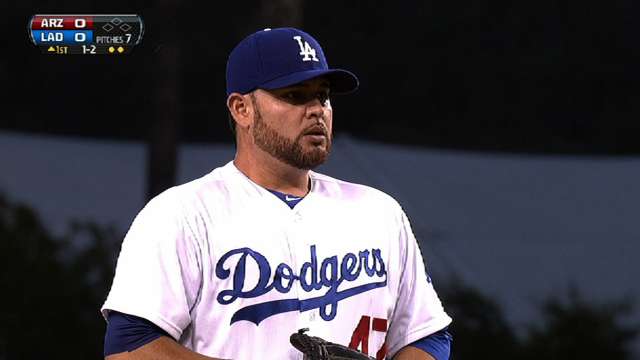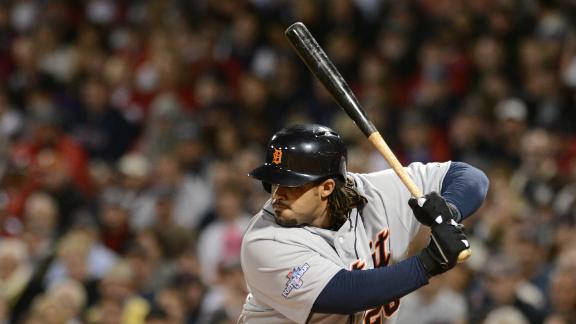| Stephens had a ten-year run that few shortstops have equaled |
"Junior" Stephens was one of the best-hitting shortstops of all-time, especially before the golden age of shortstops in the 1980s and '90s transformed the position. When he retired after the 1955 season, he was the all-time home run leader at the position. Among players who were primarily shortstops, only Honus Wagner and Joe Cronin had knocked in more runs or posted a better career slugging percentage.
For a full decade from 1942 to 1951, Stephens averaged 22 home runs and 105 RBI per season with a .290/.360/.474 batting line, power numbers that were unheard of for a shortstop of the period. He also compiled 41.3 bWAR over this span, made seven All-Star teams and earned all 2.12 of his career MVP shares by finishing in the top ten on six separate occasions. According to FanGraphs only Stan Musial, Ted Williams and Lou Boudreau were more valuable during this time. Only Ralph Kiner and Williams socked more home runs, only Musial had more hits, and nobody drove in more runs.
That's especially impressive considering he spent the first half of his career toiling for terrible St. Louis Browns teams, where he was not afforded the luxury of being surrounded by offensive talent (yet still led the league in RBI in 1944). That changed when he and Jack Kramer were traded to the Boston Red Sox in exchange for six players and $310,000 (about $3.25 million in today's money). Joe McCarthy installed Stephens as the team's cleanup hitter, a spot that provided plenty of opportunities to drive in runs with Dom DiMaggio, Johnny Pesky and the great Ted Williams batting in front of him. That, plus playing half his games at Fenway Park (where he was a .314/.395/.540 career hitter) transformed Stephens into a premier run-producer. In his first three seasons with Boston, he whacked 98 home runs and drove in 440 runs, twice leading the major leagues in RBI with 159 in 1949 (tying Williams) and 144 in 1950 (tying teammate/Rookie of the Year Walt Dropo).
It goes without saying that had Stephens come up with the Sox or been traded earlier, he'd be a slam-dunk Hall of Famer. The same can be said if he had managed to remain productive during the 1950s. Unfortunately, Stephens was finished as an everyday player at the age of 31 and was out of baseball by 35. Shifting to third base did little to slow the swift decline that stunted his career totals--he just barely reached 1,000 runs scored and fell shy of 2,000 hits and 3,000 total bases. He played 15 years, but in only eight of those did he appear in more than 120 games. The problem with Stephens' career, then, is that almost all of his value is tied up in that ten year-stretch. He recorded just two plate appearances before it began and was greatly diminished in the 308 games that followed.
Even so, Stephens is more deserving than almost half of the 21 shortstops already enshrined in Cooperstown. He was a better hitter than Appling, Pee Wee Reese, Luis Aparicio, Ozzie Smith and Travis Jackson. He was a better player than Phil Rizzuto, Joe Tinker, Joe Sewell and Rabbit Maranville. His career 119 OPS+ is the tenth best of any shortstop who debuted since 1900 and rates better than that of Derek Jeter, Barry Larkin, Robin Yount, Luke Appling and Cal Ripken Jr, among others. He's one of only 14 shortstops to play at least ten seasons and post an above average OPS+. His 122 OPS+ as a shortstop ranks third in that pool behind only Honus Wagner and Arky Vaughan, arguably the two best-hitting shortstops of all-time.
A lot of great shortstops have come along in the last 30 years, diminishing Stephens' place in history by blowing his numbers out of the water. They raised the standards for the position, standards by which Stephens falls short. But based on how shortstops performed before then, typically as offensively-challenged glovemen, he was one of the best. The Hall of Fame is supposed to recognize the best players of their era, and there's no question that Stephens was one of the best in his.
Ten years of greatness might not be enough for some people. They want to see players have long, full, productive careers. Ten years is a long time, though. I can think of lots of Hall of Famers who didn't have ten good years: Jackie Robinson, Ralph Kiner, Sandy Koufax, Hank Greenberg. Ten years is a big sample size, and that's why in this case it's good enough for me.
At the very least, Stephens still rates as one of the best offensive shortstops of all-time and should be recognized as such.





